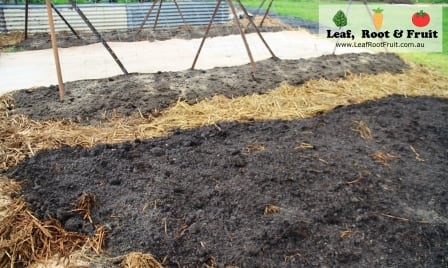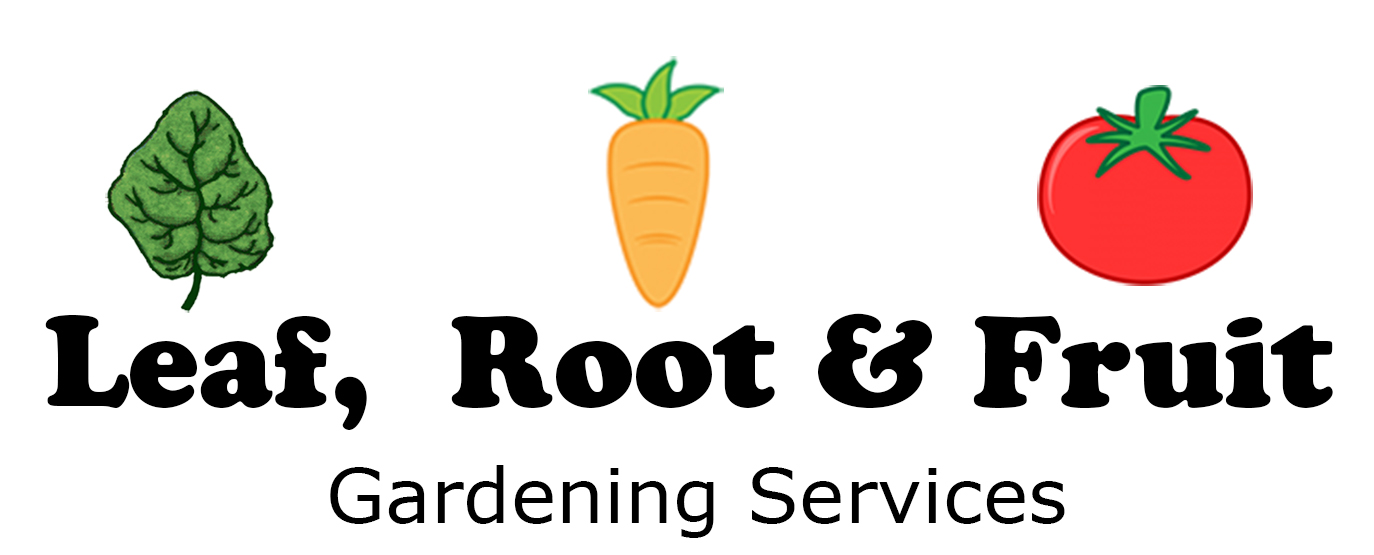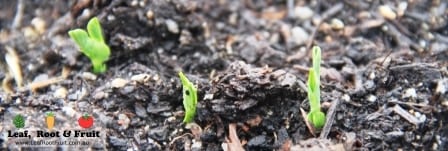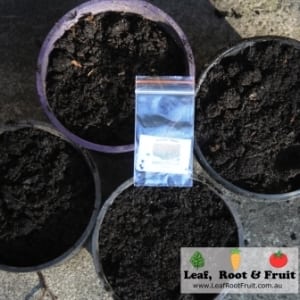Week two of the Edible Trellis Project was a quiet one compared to the previous week. We’re waiting for the beans and peas to germinate and establish prior to phase two of planting. The snow peas are just starting to push through the soil 10 days after sowing.
Companion Plants For Our Crops
Companion planting is a method of growing plants together. The idea is that they will assist each other in some way. For example, deterring pests, improving growth, enhancing flavour, attracting beneficial insects, fixing nitrogen, disrupting “patterns” and decoy cropping. We’ve already discussed how the beans and peas will support the growth of the other crops by fixing nitrogen. So we spent some time this week exploring some of the other companion planting options for the trellis
By extending the size of the no-dig garden beds, we gave ourselves some room to plant some leafy greens and herbs along the inside edges of the trellis. Not only will these leafy greens and herbs be great additions to salads and used in cooking, but they’ll also be beneficial to the main crops. Most leafy greens can grow well in partial shade, so we thought we’d give them a try inside the trellis. We planted the following seeds, in a random, scattered manner,:
- Silverbeet
- Lettuce (several varieties including Purple Cos, Green Cos and Oakleaf),
- Spinach
- Basil
- Coriander
- Chives
The basil should help to repel flies and mosquitoes, as well as improve the flavour of the “tree tomatoes”.
Coriander and chives should all help to attract beneficial insects, while repelling other pests such as aphids.
We also planted some Marigold seeds along the outside of the trellis. These should help to kill any root nematodes in the area. The flowers should help to attract pollinators such as bees.
Flower Power
Rather than just relying on marigolds to flower and attract pollinators, we started on a flower bed right next to the trellis. This bed was also a No-Dig bed, using rotted, oaten silage and a soil rich in compost and organic matter. We planted a Diggers Summer Meadow Mix. Borage seeds were added to the mix as they are fantastic for attracting bees. We also added a few sunflower seeds at the back (the eastern side) of the flower bed. When the seeds have germinated and established, we will sow nasturtium seeds. The nasturtiums will creep through the understory of the flowers, providing a living mulch to help retain moisture. Nasturtium is also a great decoy plant. Cabbage white butterflies are attracted to this plant, and will seek it out over other plants, to lay their eggs. The entire nasturtium plant is edible, the flowers make a great salad garnish and have a crisp, peppery flavour.
“Tree Tomatoes”

We’re dubious about seeds from Ebay. We’ve never grown Giant Tree Tomatoes before and didn’t know where else to get them from.
In the first week, we came across some “Giant Tree Tomato” seed on Ebay. When we hear tree tomato, we naturally think Tamarillo, but in this instance, it seems that the tree tomato is a tomato plant that sends out vines up to 6 metres long, bearing typical tomato fruit. Our seeds arrived early in week two. We’ve planted a few of them out into pots, and as soon as they are up and growing, we’ll transplant them along the trellis. Hopefully, these tomato plants will form part of phase two planting (along with the cucumbers and watermelons)
Magic Carpet
We were concerned that the grass underneath the trellis will very soon get too long and untidy. So we’ve put some old carpet down. This should suppress any growth by preventing the grass from accessing light.

The Giant Edible Trellis now has a Companion Planting Flower Bed (foreground) and a magic carpet to suppress the weeds
For more information on the inspiration behind this project and the rough plan, check out our original Giant Edible Trellis Project Blog Entry.




